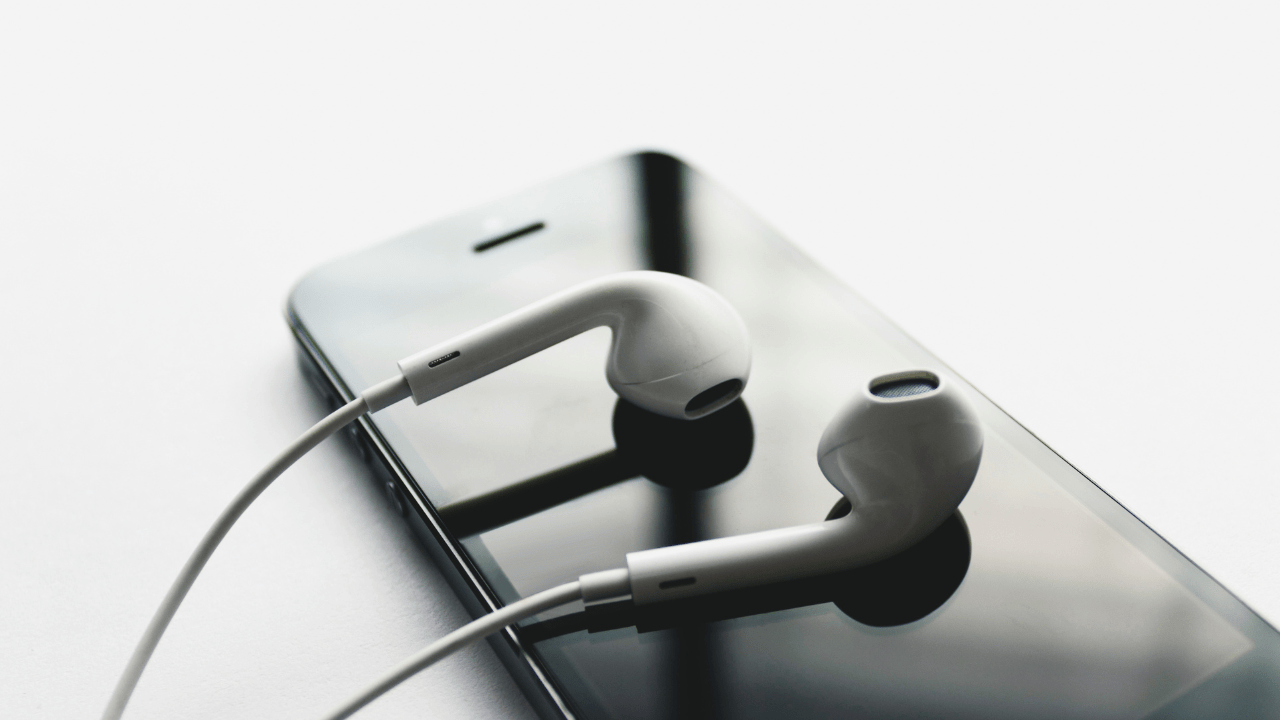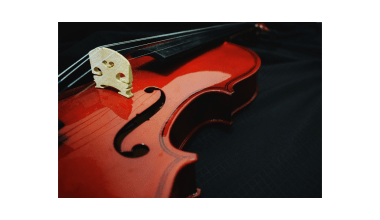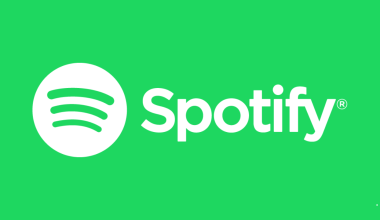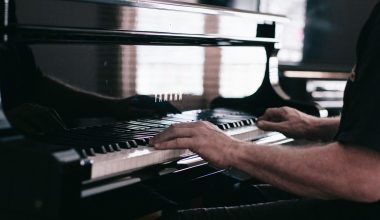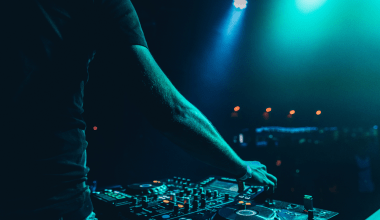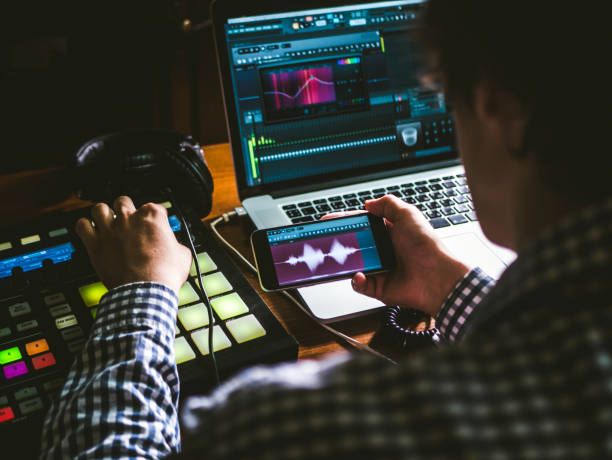If you’re an artist or music producer, using samples in your music can add an exciting twist. But here’s the catch—without proper clearance, using samples can land you in legal trouble. This guide explains everything you need to know about how to get samples cleared, so you can focus on creating music without worries.
Why is Sample Clearance Important?
Using a sample means borrowing a piece of someone else’s music. It could be a melody, drumbeat, or even a vocal snippet. When you don’t clear a sample, you’re essentially using copyrighted material without permission, which is illegal.
Consequences of Not Clearing Samples:
- Legal Issues: Lawsuits can be expensive and time-consuming.
- Blocked Distribution: Platforms like Spotify and Apple Music may reject your music.
- Reputation Damage: Being called out for stealing music can hurt your image.
How to Identify if You Need Sample Clearance
Before we dive into how to get samples cleared, let’s figure out when you need clearance. Here’s a quick checklist:
- Did you take a piece of someone else’s song?
- Is the sample copyrighted?
- Are you monetizing your music?
If you answered “yes” to any of these questions, you probably need clearance.
Steps to Get a Sample Cleared
1. Identify the Sample
- Pinpoint the exact part of the song you’re using.
- Note the duration and any modifications you’ve made.
2. Research the Rights Holders
- Most songs have two copyrights: composition (lyrics and melody) and sound recording.
- Use databases like ASCAP, BMI, or PRS to find the owners.
3. Reach Out to the Rights Holders
- Contact the publisher for the composition rights and the record label for the sound recording rights.
- Write a professional email explaining how you plan to use the sample.
4. Negotiate the License
- Be prepared to pay for:
- A flat fee or
- A percentage of royalties.
- Clearly outline the terms, like how long you’ll use the sample and where the music will be distributed.
5. Sign the Agreement
- Once everyone agrees, sign a contract.
- Keep a copy for future reference.
6. Register Your Song
- After clearance, register your music with PROs (Performance Rights Organizations) to ensure proper credit and royalties.
Tools and Services for Sample Clearance
1. Sample Clearance Agencies
- Companies like Tracklib and DMG Clearances specialize in clearing samples for artists.
2. Online Platforms
- Platforms like Splice offer royalty-free samples, which don’t require clearance.
3. Legal Assistance
- If the process feels overwhelming, hire an entertainment lawyer to help.
How Much Does Sample Clearance Cost?
The cost varies depending on:
- Fame of the Original Song: Famous tracks cost more.
- Length of the Sample: Longer samples might require higher fees.
- Usage Type: TV ads or movies may cost more than personal projects.
Expect to pay anywhere from ₹5,000 to ₹50,000 for independent releases, but it can go much higher for mainstream projects.
Tips for Successful Sample Clearance
- Start Early: Clearing samples can take weeks or months.
- Be Specific: Provide detailed information about your song and the sample.
- Stay Polite: Rights holders are more likely to respond if you’re respectful.
- Consider Alternatives: If clearance isn’t possible, create a similar sound or use royalty-free music.
Common Mistakes to Avoid
- Skipping Clearance: Don’t assume small samples are “safe.” Even 1-second clips can lead to lawsuits.
- Ignoring Legal Advice: Always consult a lawyer if you’re unsure.
- Not Budgeting for Clearance: Factor clearance costs into your production budget.
Case Studies: Artists and Their Clearance Stories
1. Drake
- Sample: “Do What U Do” by Prince.
- Outcome: Drake had to pay a hefty fee for using an uncleared sample in his song.
2. The Verve
- Sample: “The Last Time” by The Rolling Stones.
- Outcome: Lost 100% of the song’s royalties due to unclear terms.
Benefits of Getting Samples Cleared
- Peace of Mind: No worries about legal troubles.
- Professional Credibility: Shows you respect other artists’ work.
- Wider Distribution: Platforms like Spotify won’t block your song.
FAQ: Everything You Need to Know
Q: Can I use a sample if it’s only a few seconds?
A: No, even short samples require clearance.
Q: What are royalty-free samples?
A: These are pre-cleared samples you can use without paying additional fees.
Q: Can I avoid clearance by altering the sample?
A: No, even altered samples are considered copyrighted material.
Q: Is it worth clearing samples for independent artists?
A: Absolutely! It protects your work and ensures you can monetize your music.
Final Thoughts
Getting samples cleared may sound complicated, but it’s an essential step for every serious artist. By following these steps, you can use samples legally and confidently. Remember, respecting other artists’ work not only keeps you out of trouble but also builds a stronger, more collaborative music community.
For further reading, explore these related articles:
- Everything You Need to Know About the Billboard Dance Chart
- The Rise of Billboard Dance: Your Guide to the World of Electronic Music
For additional resources on music marketing and distribution, visit Deliver My Tune.
